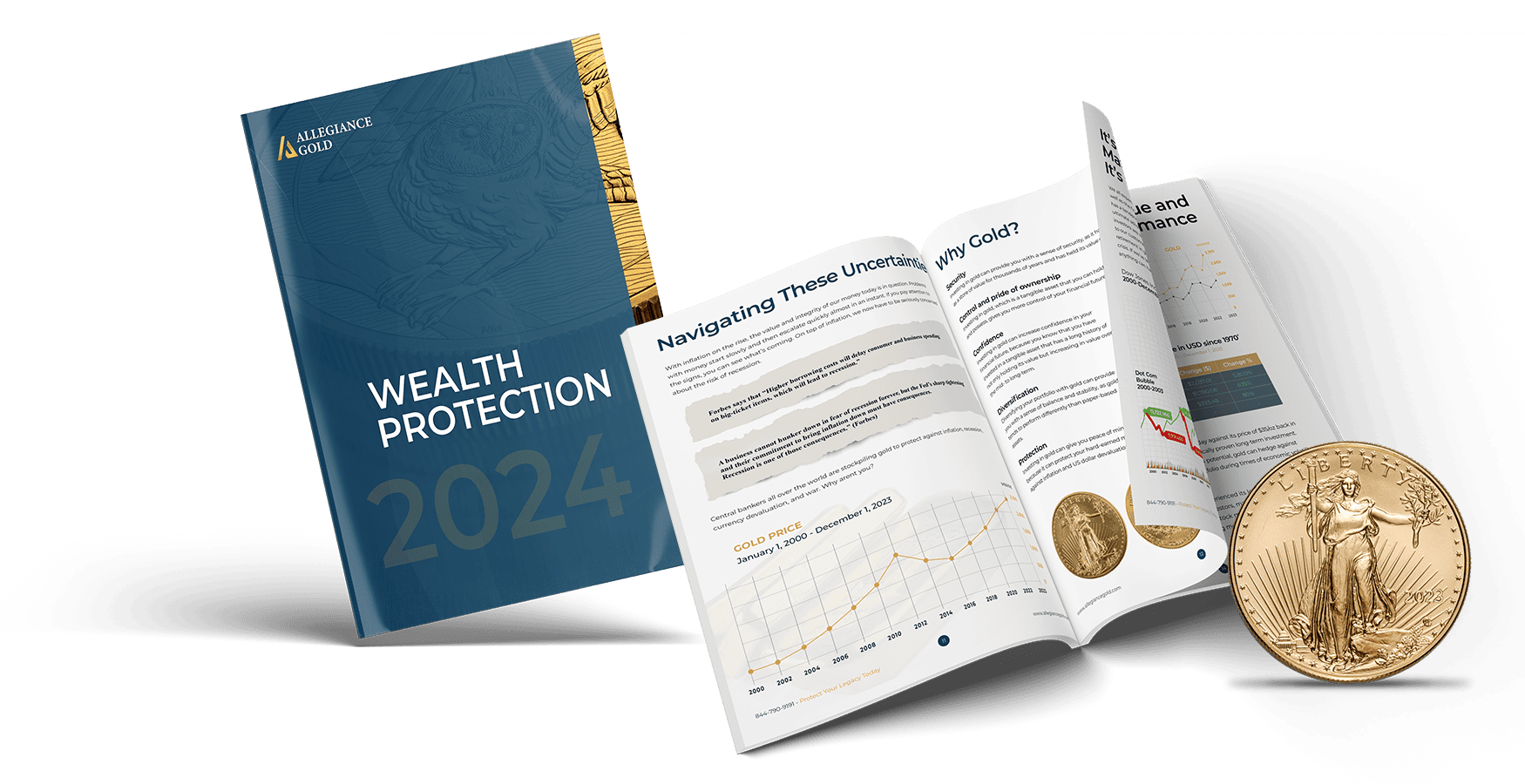Analysts predict the silver price will rise 60% in the next 12 months given the increased demand for renewable energy and within emerging technologies.
The price of silver soared this year after its initial decline in March 2020 with the onset of the Coronavirus lockdowns. It initially fell to $11.63 per ounce from $17.85 and quickly soared past $29 before settling around $25 throughout October. Overall the metal is up nearly 40% since the beginning of the year with experts predicting a price increase to $50 in the coming year and a possibility to double once again to $100.
Rising Industrial Demand
Given its many industrial applications, silver’s safe-haven demand is contributing to the hope and expectations of an economic recovery. since it’s price decline at the onset of the pandemic, silver marked an impressive turnaround, soaring more than 52 percent in 3 months.
Some began to wonder if the rally can continue along with economic improvement, or whether it’s too late to start participating. Truthfully, there’s still plenty of room left, especially when you consider the growing need for silver in emerging technologies such as 5G wireless networks and renewable energy from photovoltaic (PV) cells which make up the building block of solar panels.
Like copper, nickel, lithium, cobalt, and other metals, silver is set to become a major player and contributor to emerging industrial technologies.
Renewable energy, particularly solar, continues to ramp up around the globe as nations are setting ambitious goals to become more “green.”
According to a recent report by CRU Consulting, solar power generation is geared to double the number of terawatt-hours to 1,053 TWh by 2025. Amazon alone has a goal of reaching 80 percent renewable energy by 2024 and 100 percent by 2030 and is currently planning five major solar projects around the world, including its first in China. Once completed, these five projects are set to generate 1.2 million megawatt-hours (MWh) of energy every year. To put that into perspective, it’s enough to power 113,000 average U.S. homes.
this will be a tremendous boom for silver, which is used to manufacture PV cells which are essential to solar panels. By2030, PV manufacturers are projected to consume 888 million ounces of silver, according to CRU, in other words, roughly 51.5 million ounces over the current combined output from global silver mines. But wait, there’s more…
Emerging 5G Technologies
While the global rollout of 5G technology is still in the early stages, there will be a vast increase in the production of goods such as semiconductor chips, cabling, microelectromechanical systems (MEMS), Internet of things (IoT)-enabled devices—all of which rely on silver in its usage.
The amount of silver utilized in these various applications stood was 7.5 million ounces or 0.75 percent of annual output in 2019. According to estimates by Precious Metals Commodity Management, by 2025, that amount is expected to more than double to 16 million ounces and, by 2030, triple to 23 million ounces,
Silver and The Economy
Although partly due to the spread of covid, silver mining started 2020 with a below-average first quarter compared to gold, that quickly changed with many more than doubling in numbers throughout the year.
Central banks have long believed in gold and silver and stock up on these precious metals to hedge their own funds. Anticipating the economic turmoil ahead given the pandemic, banks took advantage of the dip in price, scooping up as much of the white metal as they could, and shortly after prices began to rise.
According to Citi, “Silver is highly-leveraged to a global (economic) recovery, with relatively limited downside.”
Based on a combination of sustained strength in investor demand and a recovery in industrial consumption during 2021, the bank predicts a rise to $40/oz over the next 12-months. It’s foreign exchange technical team is also very bullish on the metal, citing, “$50/oz a very realistic target and $100/oz possible.”
“We expect that investor demand for precious metals exposure will remain high during 2021 as pressure on governments to devalue currencies, concerns about vaccine efficacy and take-up rates and questions over equity and bond valuations and rising global debt remain in most scenarios,” Citi said.
Given the rebounding of manufacturing activity and even potential medicinal value with Covid-19 vaccine developments, the bank believes silver could be even more leveraged than gold to combat a sharp increase in inflation. “Well over 50% of silver consumption is tied to industrial demand versus around 10% of gold fabrication demand outside jewelry,” Citi said. “More broadly, around 80% of silver consumption looks to be gross domestic product sensitive.”
Silver and The Election
With the US election merely days away, Citi also sees the possibility of a Joe Biden Presidency to be more bullish for silver than gold because of an expected increase in infrastructure spending, particularly in areas such as solar power and renewable energy, not to mention reduced foreign policy risk premium.
Silver has done exceptionally well under Trump’s presidency, which means regardless of the election outcome, the metal is poised to keep increasing. With further vaccine development under the Trump administration, and every country in the world vying to be the first to produce the coronavirus vaccine, silver has been significantly increasing in medicinal demand as well.
Experts and analysts are viewing silver from a strategic standpoint. Not only do precious metals typically rise during economic downfalls when taking into account how these metals will be used, it’s clear that silver is currently well underpriced and will undoubtedly soar in years to come.
As silver is quite a bit more affordable than gold, yet still a safe haven and an excellent diversifier, more and more investors are adding the white metal to their retirement savings portfolios.
Adding precious metals to your retirement account is simple, efficient, and tax-free. Unlike traditional IRAs and 401K’s, you’re not limited to how much you want to invest, allowing you to not only hedge against inflation and minimize risk from market volatility but also see significant growth and profitability while securing your assets.

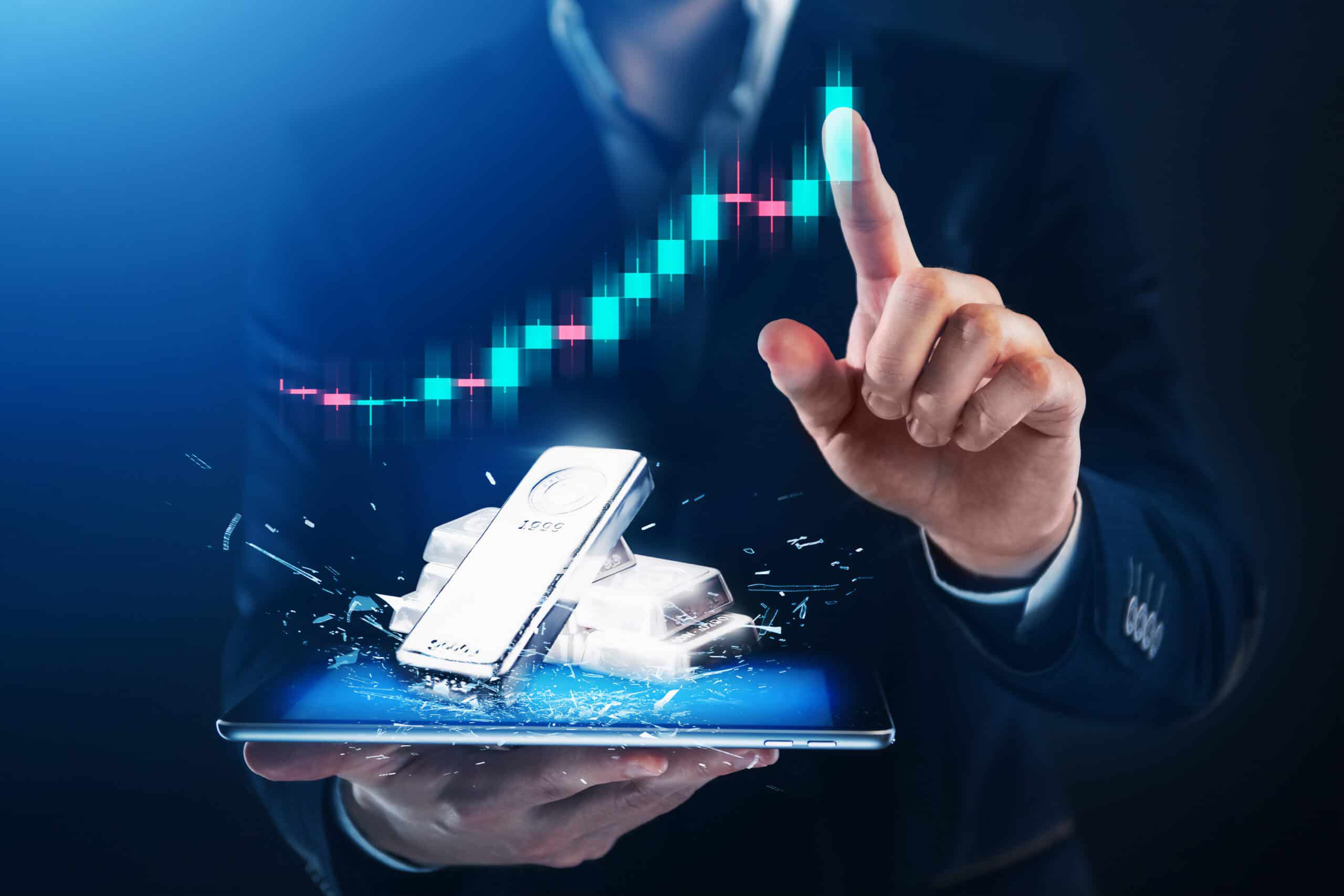
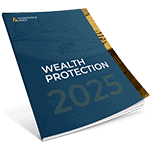
 Custom Precious Metals IRA
Custom Precious Metals IRA Gold IRA
Gold IRA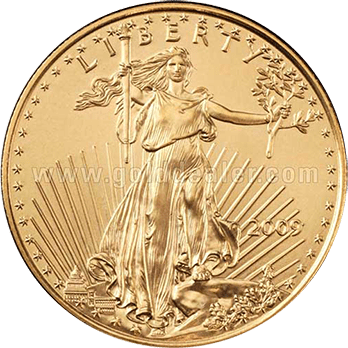 Gold Products
Gold Products Silver Products
Silver Products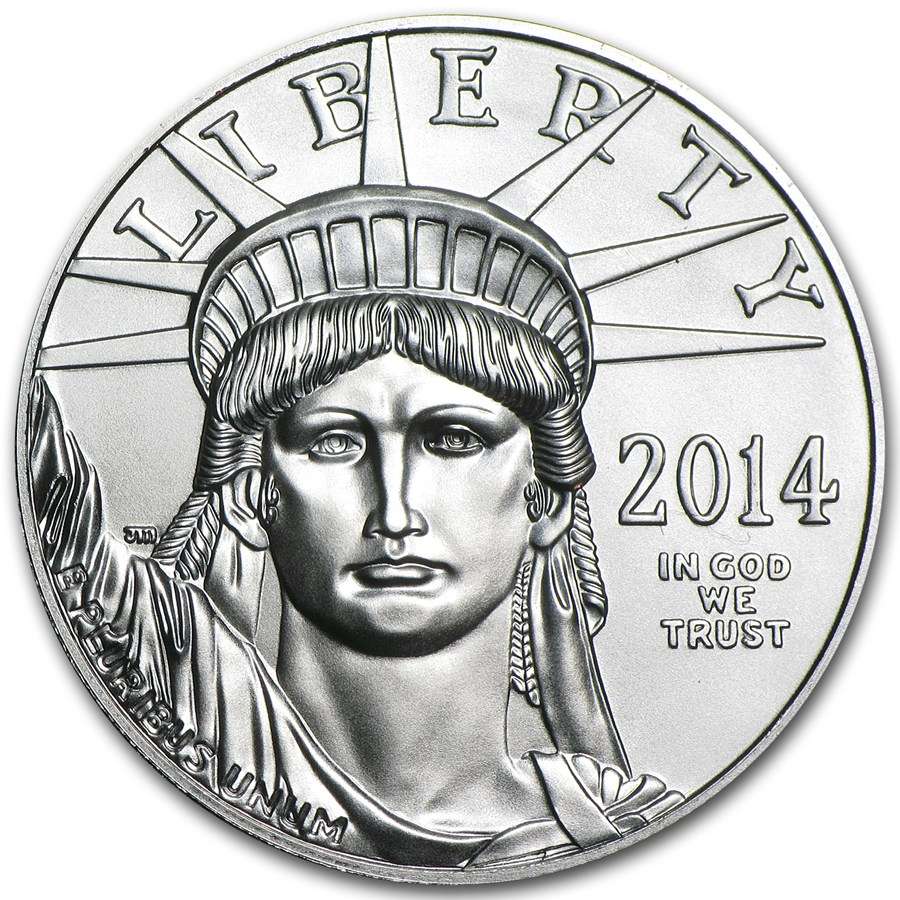 Platinum
Platinum